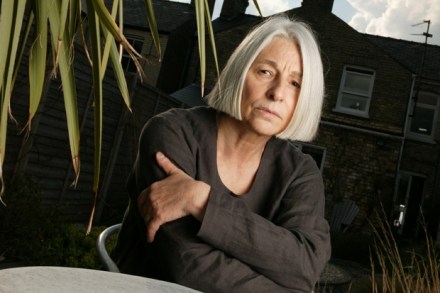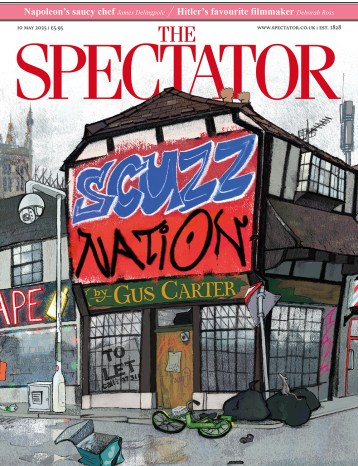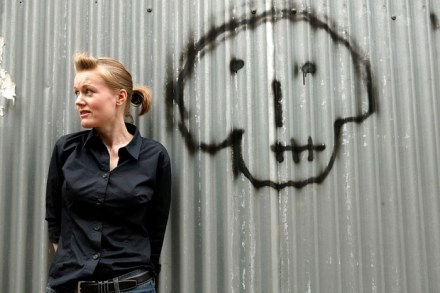The death of the author
The ‘journey’ — at least the one played out in public — begins with an announcement that you are incurable. Patient waiting follows, described in monthly essays written for a respected publication. Jenny Diski (non-small cell adenocarcinoma, London Review of Books) calls this personally singular but culturally familiar experience the race from ‘the Big C to the Big D’. Surely the hope is not to reach the end in the fastest time. But if you take too long, your audience’s sympathy might tinge with suspicion, as Clive James (B-cell lymphocytic leukemia, the Guardian) recently described, now a survivor of several years. Claiming a title for your cancer memoir has also





















